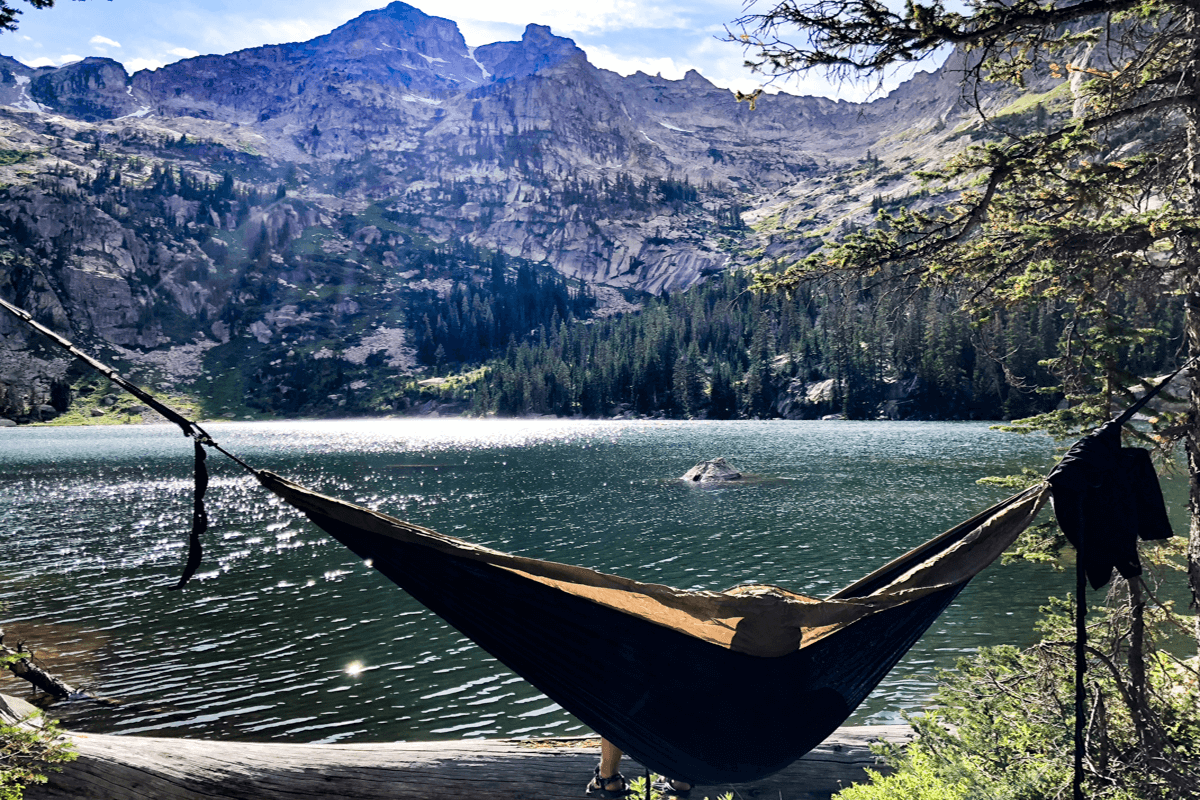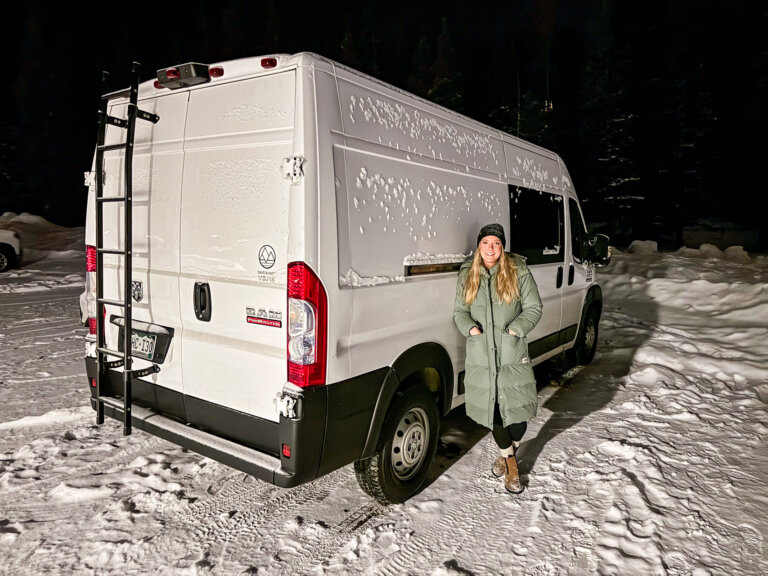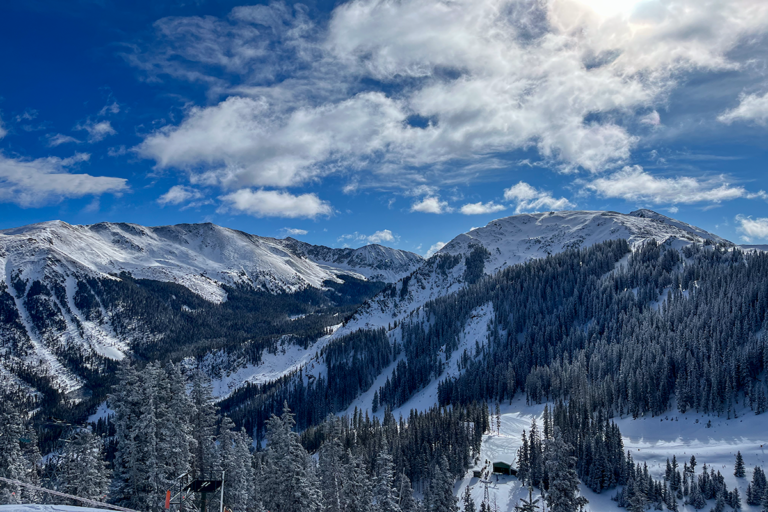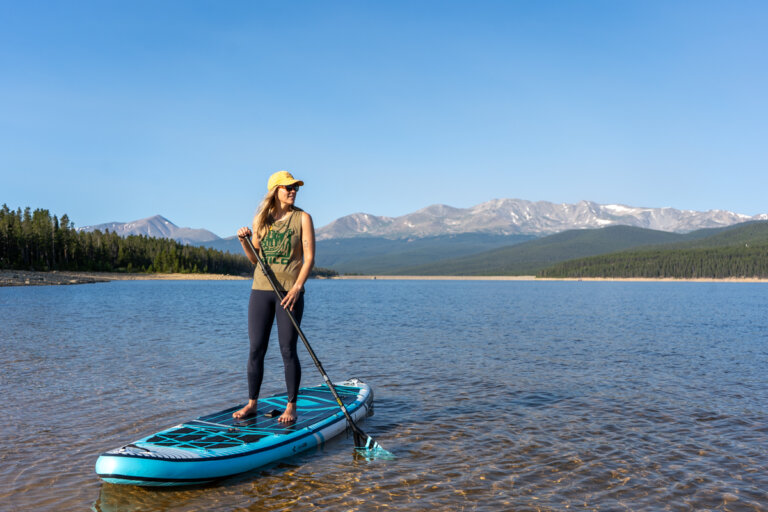The Importance of Leave No Trace (And How to Do It!)
If you’ve spent any time outdoors, I’m sure you’ve heard the phrase “pack it in, pack it out.” The message is simple: whatever you bring into nature, you are responsible for bringing out.
But what else do you need to know to protect nature? Keep reading to learn the Leave No Trace principles. These seven guidelines offer a roadmap to enjoying nature responsibly and sustainably. In this article, I’ll break down each principle, exploring not just the “what” but the “why” and the “how” behind this essential outdoor ethic.
What is Leave No Trace?
The Leave No Trace Center for Outdoor Ethics aims to avoid or minimize the impacts on natural area resources and help ensure a positive recreational experience for all visitors. The US Forest Service established the seven principles in the 1960s so people can enjoy and protect our natural spaces for years to come.
Why is Leave No Trace Important?
The National Park Service logged over 312 million recreational visits in 2022, not including the millions of visits to local, private, state, and other federal lands! Our love for the outdoors can damage or even destroy delicate ecosystems if we’re not aware.
Impacted areas suffer from litter, invasive species, habituated wildlife, trail erosion, polluted water sources, and more. While most intent isn’t to harm our natural surroundings, there may be a lack of knowledge on how to preserve it. So, before you head out on your next adventure, adopt the principles highlighted below.
The 7 Leave No Trace Principles
1. Plan Ahead and Prepare
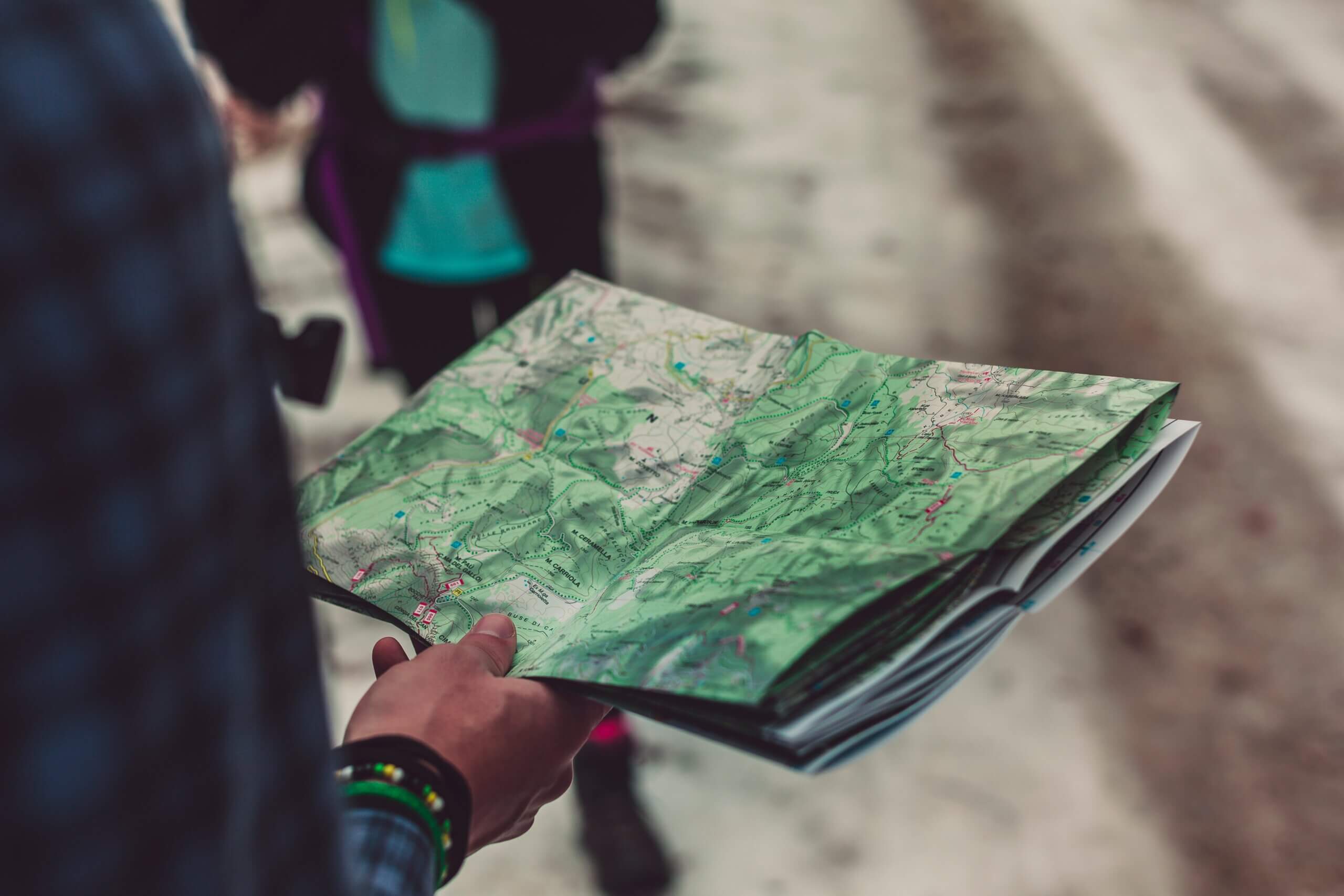
What: Ensure you’re well-prepared by researching and organizing before venturing outdoors. Review trail info, park rules, required reservations, and weather forecasts.
Why: Being prepared minimizes the chance of mishaps and reduces the impact on natural resources by avoiding last-minute decision-making.
How:
- Check local regulations for permits, closure, fire regulations, and other camping policies.
- Check weather forecasts to ensure you have the right gear for potential conditions.
- Research the accessibility of roads to ensure you have a capable vehicle.
- Schedule a visit during off-peak times.
2. Travel and Camp on Durable Surfaces
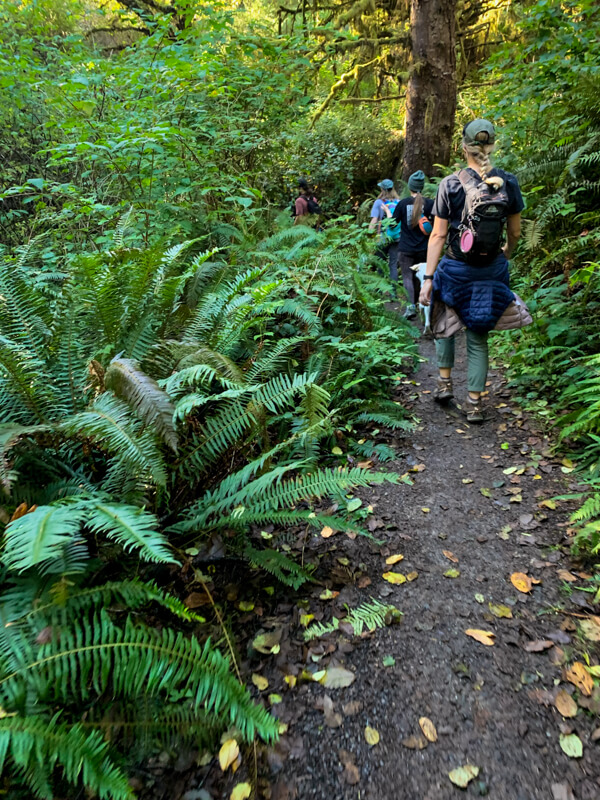
What: Stick to established paths, campsites, and surfaces that can handle frequent foot traffic without deteriorating (rock, gravel, dry grasses, snow).
Why: This minimizes habitat destruction and soil erosion, which prevents long-lasting damage.
How:
- Camp at least 200 feet away from lakes and streams to keep pollutants out of the water and provide wildlife unrestricted access.
- Use established paths and campsites. If there aren’t campsites, find a spot with bare dirt, rock, gravel, dry grasses, or snow.
- Walk single file in the middle of the trail, even when wet or muddy, to prevent scarring to the landscape. If you are hiking in an area with no trail, spread out your group to prevent making a new trail.
3. Dispose of Waste Properly
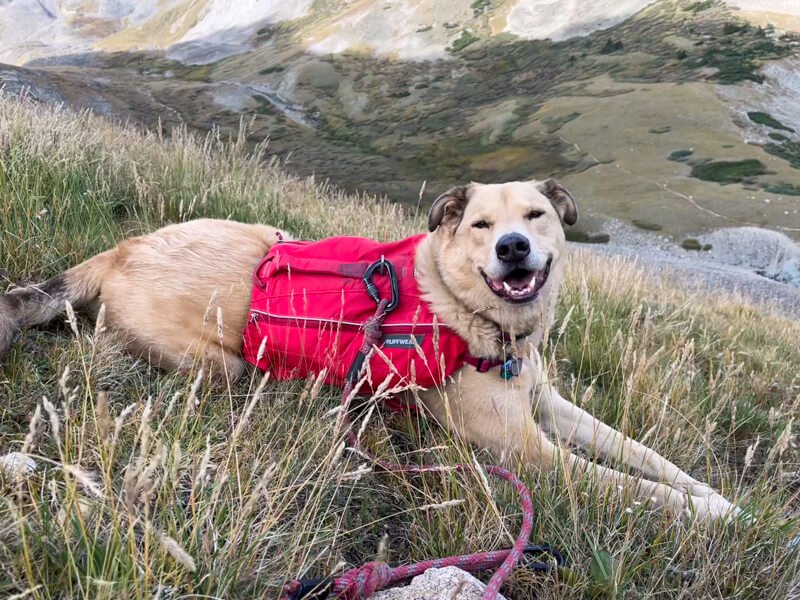
What: Garbage, human waste, and pet waste all have the potential to harm wildlife, pollute waterways, and create an offensive experience for others.
Why: Garbage and litter can have harsh consequences when ingested by wildlife and even lead to the animal needing to be euthanized. Eating human food and waste can also cause animals to stop eating their natural diet. Garbage, poop, and soap that ends up in water can cause unsafe drinking conditions and kill plants and fish.
How:
- Pack it in, pack it out. Remove all trash, leftover food, and litter, including orange peels, apple cores, and egg shells. Burning trash and food scraps in a campfire is never recommended.
- Deposit solid human waste in catholes dug 6-8 inches deep and at least 200 feet (approximately 70 big steps) from water, camp, and trails. Cover the cathole with the natural surrounding materials.
- Bury toilet paper deep in the cathole or pack it out along with feminine hygiene products.
- Pack out your pup’s poop so wildlife doesn’t ingest bacteria and parasites. When I’m dispersed camping, I have a bag that clips onto the van ladder to hold dog poop until I get somewhere to dispose of them properly.
- Wash dishes using biodegradable soap, then strain out any large particles and dispose of them in your trash. Scatter the dirty dishwater 200 feet away from lakes or streams.
- Follow the same logic when taking a shower in the wilderness. Use biodegradable soap and wash 200 feet away from water sources, trails, and campsites. Even biodegradable soap needs soil to break down, so never bathe directly in a stream or a lake, as it can cause harm to fish and plants.
4. Leave What You Find

What: Leave natural and historical items where you find them. Don’t move them or bring them home with you.
Why: While it may be tempting to pick blooming wildflowers or take home a souvenir rock here and there, it’s best to leave them as you found them. The items we find in nature have a role in the ecosystem and the story of the landscape. If everyone who visited an area took just one rock or picked just one wildflower, think of the long-term impact that could have on the landscape. Removing natural or historical artifacts in National Parks is illegal.
How:
- Enjoy nature without altering. That allows others to enjoy it in the same way.
- Avoid hammering nails into trees to hang things, hacking at them with hatches and saws, or carving into them. These actions can make trees more susceptible to disease and cause lasting damage.
- Take pictures of rocks, flowers, and historical artifacts instead of taking them home.
- Good campsites are found, not made. Do not build structures, furniture, or dig trenches.
5. Minimize Campfire Impacts
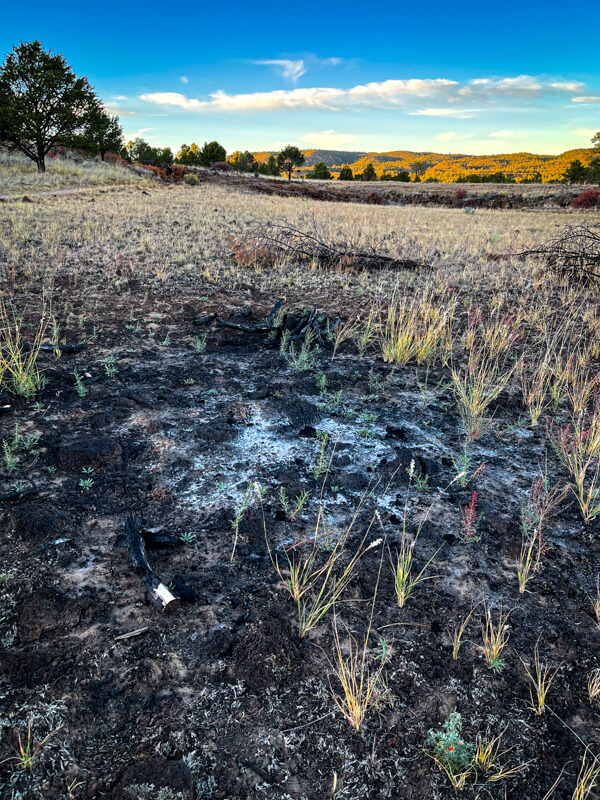
What: While campfires are a timeless camping tradition, they can also be one of the most destructive. If you’re going to build a campfire, learn how to reduce your impact.
Why: Campfires can damage soil and degrade an area’s natural appearance caused by overuse, not to mention wildfires, which are becoming increasingly prevalent in our outdoor spaces.
How:
- Where fires are permitted, use established fire rings and keep fires small.
- A Solo Stove is an excellent alternative if an existing fire ring isn’t available. Disperse or haul away the fine ashes left behind.
- Buy firewood from a local store or gather dead or fallen branches or twigs where allowed. Never cut fresh wood for your fire.
- Use a camp stove for a quicker cooking alternative.
- Check fire regulations and respect fire bans. Fire bans have different stages of restriction, so know before you go! Fines for violating fire bans are steep.
- Allow the wood in your fire to burn completely to ash. Don’t leave the fire unattended until the ashes are cool to the touch.
6. Respect Wildlife
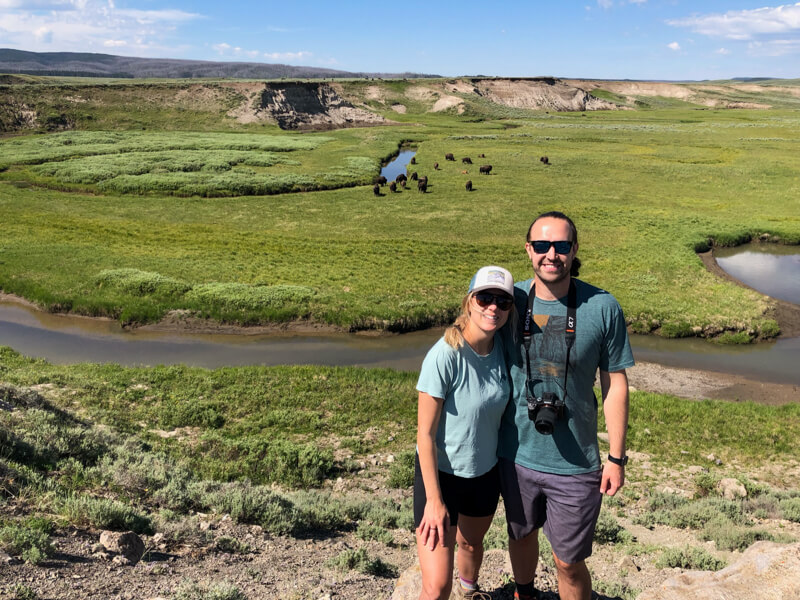
What: Human impacts on wildlife can result in negative human-wildlife interactions, aggressive animals, a decline in the ecosystem’s health, and relocated or euthanized animals.
Why: Whenever you adventure outdoors, you share an area that wildlife calls home. They need enough space to maintain their natural behavior and may attack if provoked.
How:
- Use the thumb trick to keep a safe distance from wildlife—make a thumbs-up, extend your arm all the way, close one eye, and see if you can hide the animal with your thumb. If you can’t hide the entire animal with your thumb, take a few steps back and try again. When you can hide the whole animal, this means you are a safe distance away.
- You should always have control of your pet. This will avoid the stress of watching your dog chase after a moose or a bear.
- Store food and trash securely, and never leave food unattended.
- Never feed wildlife, including squirrels and small rodents. This can damage their health and alter their natural behavior, exposing them to predators and other dangers.
- Use extra caution during mating, nesting, and birthing seasons. Wildlife can be more aggressive and territorial during these times.
7. Be Considerate of Other Visitors
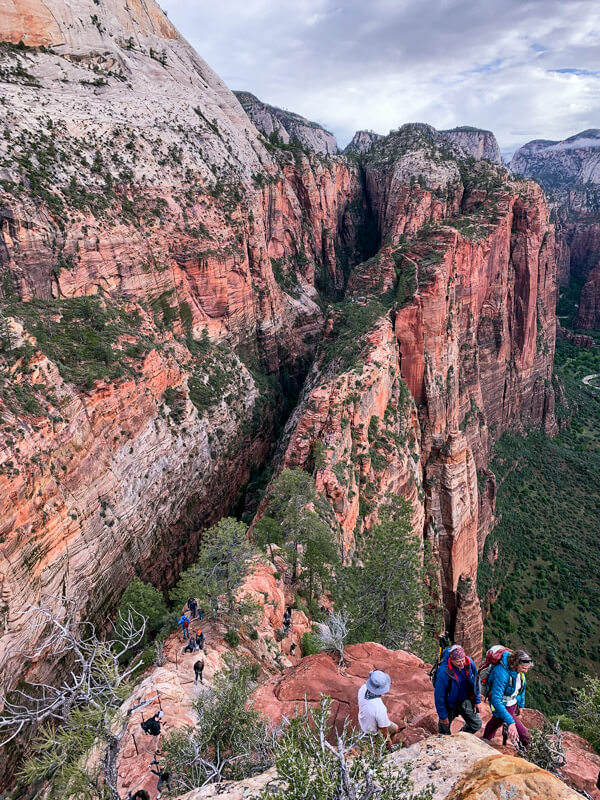
What: In short, don’t be a jerk! Respect other visitors and protect the quality of their experience.
Why: We’re all in this together! Everyone must share trails, campsites, and other outdoor spaces to enjoy nature. Respect the way that others want to enjoy their time outdoors.
How:
- Keep noise levels down. If you must have music on a hike, bring earbuds (leave an earbud out so you can stay alert!)
- Follow trail etiquette:
- Uphill hikers have the right of way.
- Bicyclists yield to hikers, horses, or other stock.
- Faster users yield the right of way to slower users.
- All users yield horses and mules.
- Make sure you have control over your pet at all times.
- Don’t damage your surroundings, so others can enjoy it like you did.
Conclusion
Congrats on making it this far! Learning the importance of Leave No Trace is the first step. Practicing these principles ensures you are doing your part in keeping nature wild and maintaining the beauty of our natural spaces.
You can go the extra mile by spreading awareness, encouraging others to follow the 7 Leave No Trace Principles, and sharing this post.

